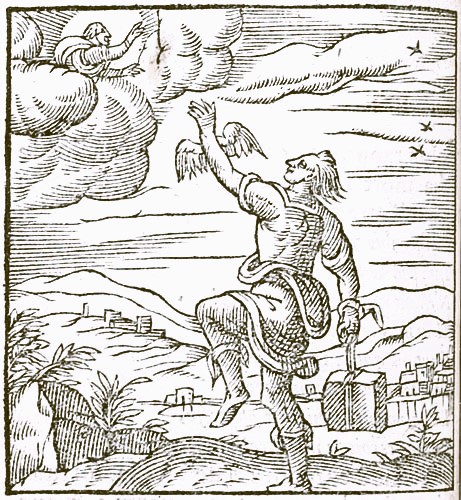Sweeping Emblematics
DOI :
https://doi.org/10.62336/unibg.eac.32.515Mots-clés :
Emblems and Devices, Hermeneutics, Representation, Entextualization, Projection and MobilityRésumé
The article valorizes Renaissance emblematics as an inherently tensional form, steeped in interchange and transition. Movement was not only a thematized topic in emblematic compositions, it was their basic textual strategy to activate meanings and foster interpretation, explore the possibilities and scopes of new forms of communication, and pave the way for a participatory readership. Emblematics was in fact conceived as a brand-new and transdisciplinary textual mode, a mongrel form whose complex interplay of signs favored multiplied discursive models thanks to the constant relay between visual and verbal elements, forcibly made to cohabit the same representational space. Unsurprisingly, these innovative features were soon co-opted and channeled into manipulative practices functional to interpellating and “re-creating” readers, thereby contributing to transform this luxuriant form into a static site of coherence and symbolical expression. The article, on the contrary, reassesses the importance of emblematics as a multifaceted construct which requires a similarly multifaceted theoretical perspective approaching it as a wide-ranging cultural construct, a textual space which ushered in an idea of communication as projective and dislocating, which deployed idiosyncratic meaning procedures and set new hermeneutic parameters, which triggered an incessant mobility in the reading experience, which was teeming with cognitive potentials and ideological bearings.

Téléchargements
Publiée
Comment citer
Numéro
Rubrique
Licence
(c) Tous droits réservés Elephant & Castle 2024

Ce travail est disponible sous la licence Creative Commons Attribution 4.0 International .





